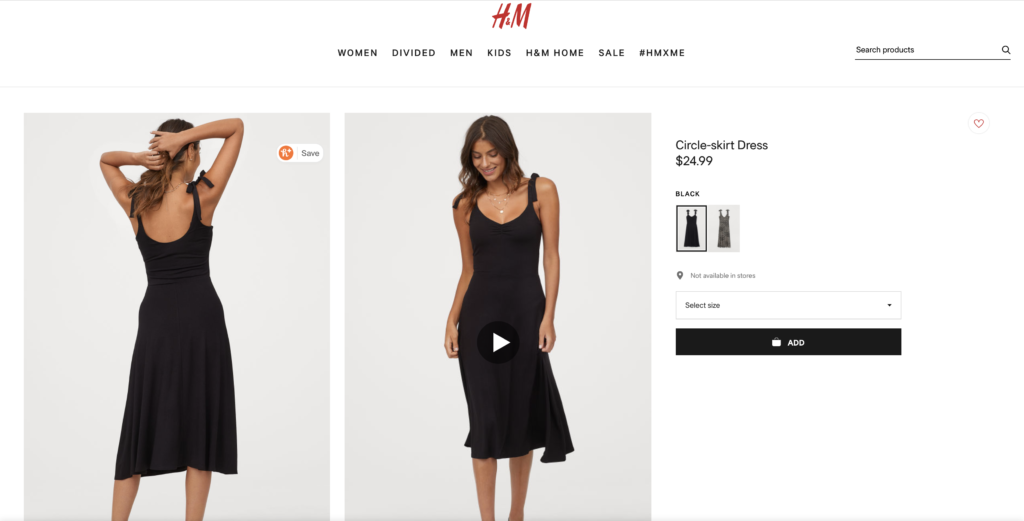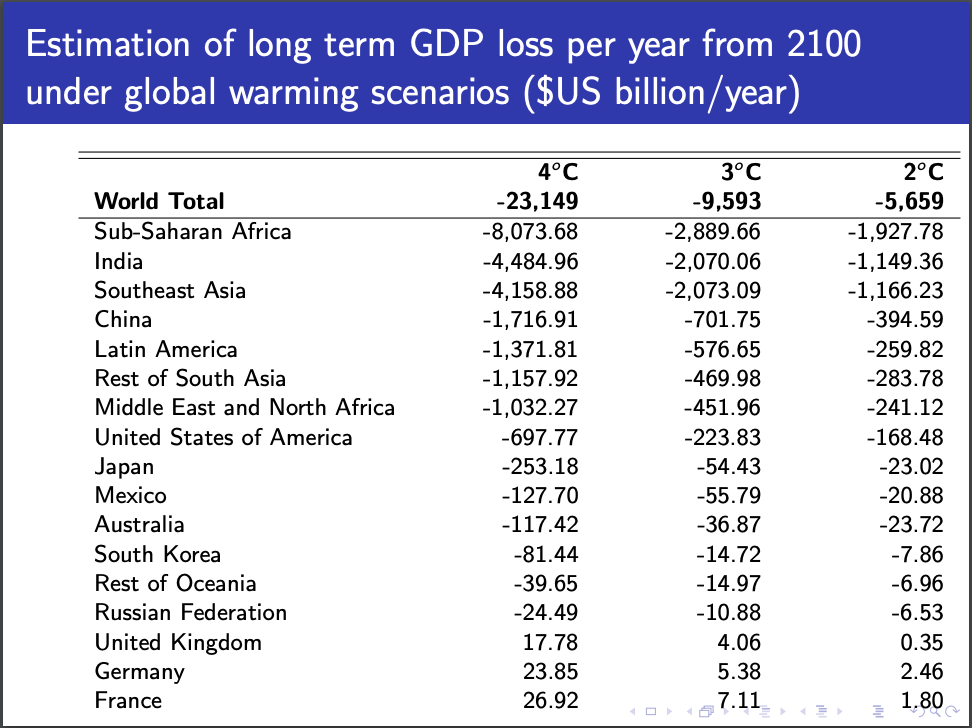It’s all eyes on Fashion Week season – but not exactly for the insight into Spring/Summer 2020 trends. This September runway will showcase exactly which designers will be taking sustainability into design consideration and which ones will not. London Fashion Week garnered atypical recognition last year with protestors hitting the streets to demonstrate the negative effects on climate change deriving specifically from the fashion industry. While non-sustainable measures often ensue from the cost-cutting nature of fashion brands, the long-term global economic benefits of being “green” should be noted.
A 2016 EPA report reveals that about 9% of all solid waste in the United States come from rubber, leather and textiles suggesting that a tenth of the our climate problem is attributed to one industry. With that type of power, the potential to improve the economy may come from fashion brands and their sustainable efforts.
The Green Tradeoff
Shoppers want to make greener purchases, but sometimes budgetary constraints do not allow them to do so. With 75% of consumers agreeing that a brand’s sustainability is important to them, it should be in the best interest of a company to take eco-conscious initiatives. However, for a consumer to be able to shop sustainably they might have to spend almost eight times more. When searching for wardrobe staples — perhaps a black midi dress — a sustainable consumer could seek out Reformation and pay $218. But fast fashion brand H&M (HMRZF) lists a similar dress at an affordable price of $24.99. For a company such as H&M, implementing “greener” policies would raise costs and put them at a risk to losing customers that cannot manage or justify such purchases.


Climate Damage Also Means Economic Damage
A 2018 study by Tom Kompas of the University of Melbourne concluded that countries that comply the most with the Paris Accord will see significant economic benefits compared to those that do not comply. In some cases, the economic damages could range from $9.5 to $23 trillion per year. Not only are irresponsible fast fashion policies causing irreversible damage to our climate, but they also are indicating global economic damages of irreparable proportion.

The incentive for the government to enact and enforce green policy, primarily in the fashion industry, is clear: as production becomes cleaner, global economies benefit, suggesting accelerated GDP growth. Buyers will continue to choose environmentally detrimental brands simply for the savings. If policy were to change and more companies were rewarded for their eco-friendly initiatives by the government, more eco-friendly options at a range of prices would become available to the public, promoting spending.
Presently, our administration has made policy decisions that are not in the best interest of the climate. When creating his model, Kompas had no choice but to assume that the United States would still be following the Paris Accord. In reality, we do not know for sure if or when we will ever join the Paris Accord again. This likely skews Kompas’s study; the economic damages predicted could very well be much worse. Policymakers and enforcers must take these actions into consideration for the sake of the health of the globe and the health of the global economy.
Additional Sources:
http://climatecollege.unimelb.edu.au/files/site1/seminar_documents/Kompas%20EF%202018%20REV.pdf
https://www.cnn.com/style/article/fashion-week-what-to-expect/index.html